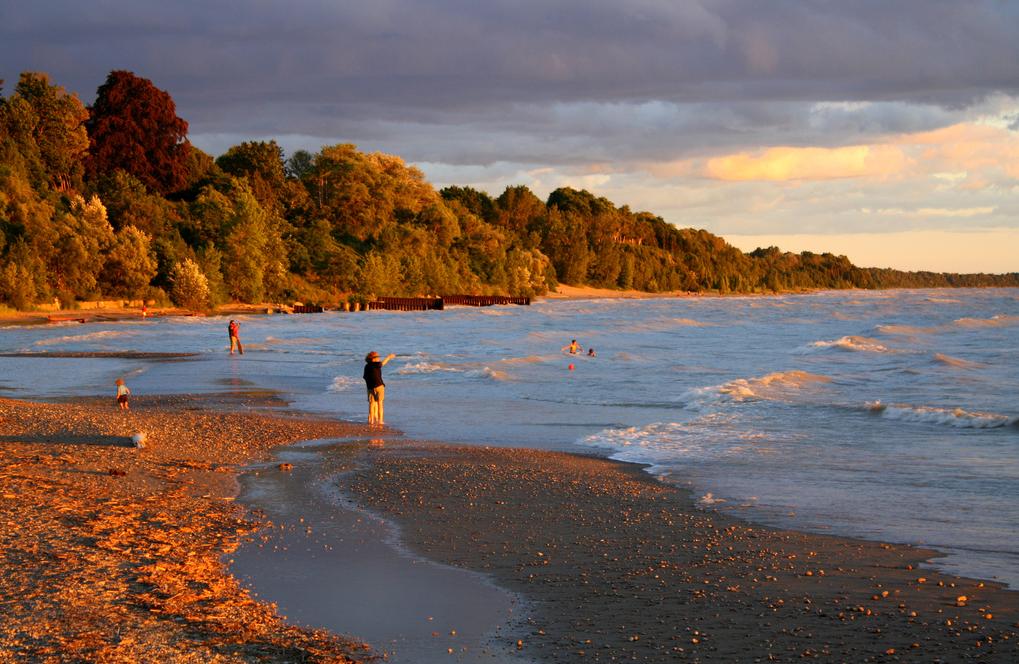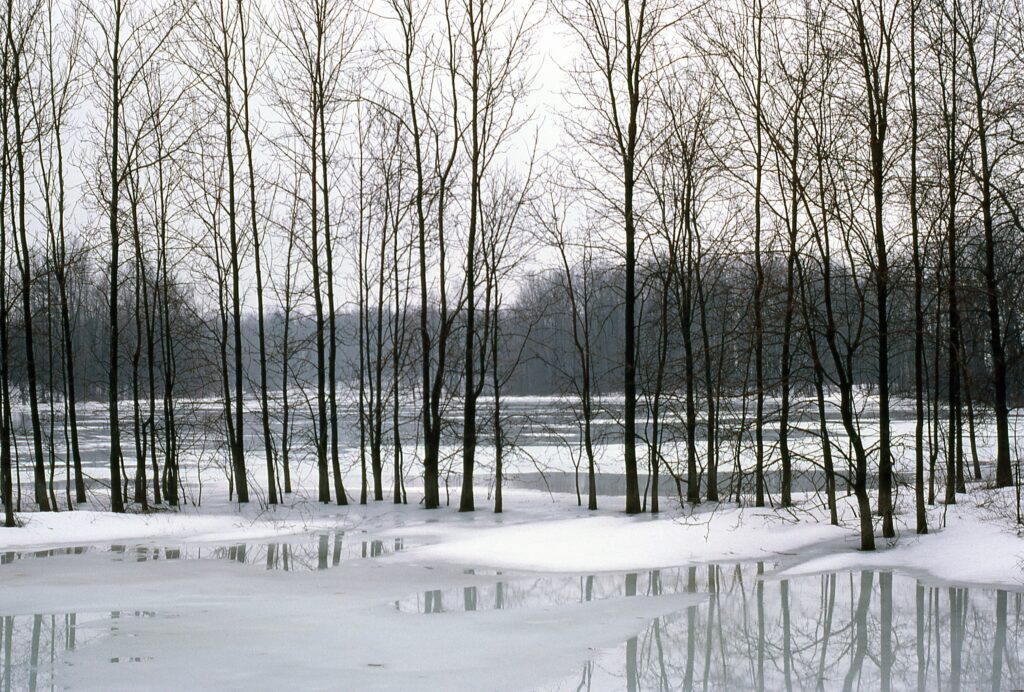Great news for the Great Lakes! Today, the Ontario Legislature voted in support of The Great Lakes Protection Act. And you, along with many other Environmental Defence supporters, made it happen!
You signed our petitions, you sent letters to the government, and you supported the members of the Great Lakes Protection Act Alliance and our allies. And after years of work to strengthen previous versions of the legislation, today Ontario’s legislature passed an Act that will protect the waters millions of Ontarians depend on to drink, work, and play. The Act will become law once it receives royal assent by Ontario’s Lieutenant Governor.
The Great Lakes represent one fifth of the world’s surface fresh water and provide drinking water for 80 per cent of Ontarians. But toxic algae, microbeads and Asian carp threaten Ontario’s $450 million dollar commercial and recreational fishery and the quality of Great Lakes’ drinking water and the basin’s $4.4 trillion dollar economy are at stake.
Three of four of Ontario’s Great lakes are in decline. With the passage of this Act, the Great Lakes are finally getting the attention they deserve. Most importantly, the Act provides innovative new tools to address the complex challenges posed by toxic algal blooms, invasive species, and climate change.
Two weeks ago, I spoke to the Legislative Standing Committee about the Act, and suggested amendments to further strengthen it. We are proud to report that many of Environmental Defence’s ideas were supported by MPPs and made their way into the final version of the legislation!
The Great Lakes Protection Act aims to protect and restore the ecological health of Ontario’s portion of the Great Lakes-St. Lawrence River Basin. Here are some of the key benefits of this act:
1. Provincial commitment to meeting targets that will reduce or eliminate harmful pollutants and address algal blooms
The Great Lakes Protection Act, affirms the province’s commitments to achieve targets agreed to under the 2012 Great Lakes Water Quality Agreement (GLWQA). Action plans containing next steps are mandatory for all targets. However, we need to make sure that we have the resources to protect the Great Lakes. Yesterday, Great Lakes mayors went to Queen’s park to press for action and funding on issues that threaten the health and economic prosperity of the communities that rely on the Great Lakes.
2. Empowered communities through consultation and new opportunities for involvement
The bill creates a new tool, called Geographically-Focussed Initiatives, which will allow communities to come together and define how the provincial government can help them address water pollution. Communities and individuals can identify problems and propose solutions from the bottom-up to protect not only the Great Lakes, but also the beaches, lakes, and rivers they rely on. And unlike previous laws, aboriginal traditional ecological knowledge is highlighted for consideration in research and decision-making.
3. Accountability, through improved monitoring and reporting
The new Act requires that the Minister of the Environment prepare a progress report at least once every three years which will outline, amongst other criteria, the progress made on achieving targets. This is an important win for ensuring that action is taken to meet agreed upon targets. Last year, toxic algal blooms in Lake Erie left 500,000 people in Toledo, OH and also residents of Pelee Island, ON without access to safe tap water for a number of days.
The Act is a strong step towards protecting the Great Lakes ecosystems for current and future generations. However, the work is far from over. That’s why we will continue to work with the communities and groups working to meet targets, propose funding mechanisms, and implement next steps.
What you can do
Join the movement and support clean water. You can help by sharing this blog on social media and telling your friends about the new Great Lakes Protection Act. Also, sign-up for our Water Update e-newsletter, where we will keep you posted on opportunities to get involved to safeguard our freshwater.









